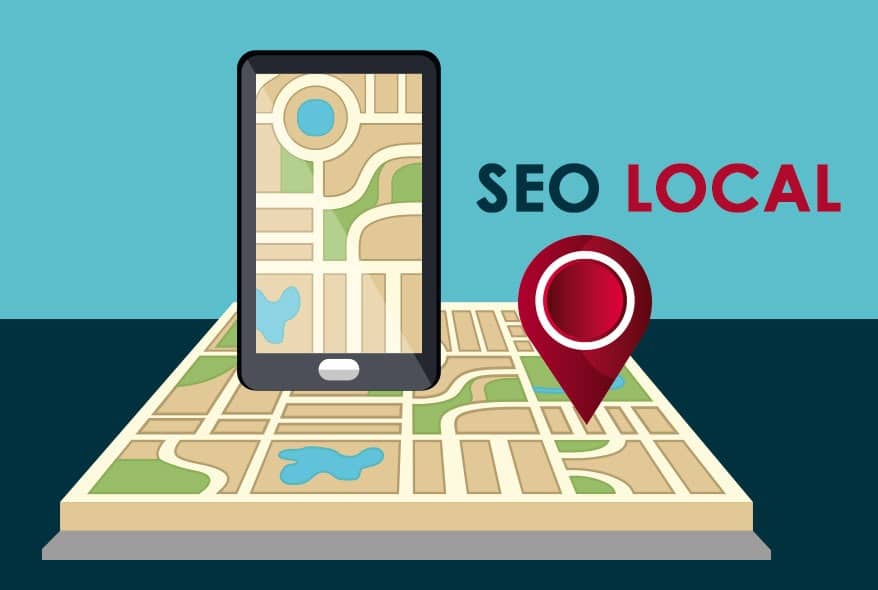Just How Effective Internet Style Can Enhance Your SEO Method and Improve User Experience
The crossway of reliable website design and seo is a crucial area for any kind of organization seeking to enhance its on-line visibility. An user-friendly design not just elevates customer experience however likewise considerably influences search engine optimization efficiency by minimizing bounce rates and improving involvement metrics. Aspects such as mobile responsiveness, site framework, and clear navigation play pivotal functions in this dynamic. Understanding exactly how these elements incorporate can disclose strategies that may change your method to electronic advertising, resulting in end results that are both quantifiable and impactful. What certain design methods can yield the finest outcomes?
Relevance of Web Design for SEO
Effective web layout is regularly underestimated in its impact on search engine optimization (SEO) These factors add to lower bounce rates and higher user engagement, which are critical metrics for Search engine optimization success. seo agency.
Additionally, web design elements such as tidy code, enhanced pictures, and proper use HTML tags dramatically affect a site's crawlability. Internet search engine rely upon organized information to comprehend site content and context, making it important for internet developers to execute best methods. In addition, the combination of SEO approaches within the style phase, such as including key words in titles, meta summaries, and alt text for photos, can improve presence in search outcomes.
Ultimately, focusing on efficient website design not only ensures a seamless user experience but additionally establishes a solid structure for SEO initiatives, resulting in raised organic website traffic and improved rankings. Hence, companies have to acknowledge the inherent link between website design and SEO to accomplish on-line success.
Key Design Aspects for Customer Experience
Customer experience (UX) acts as a keystone for effective website design, influencing how visitors engage with a website and view its value. To optimize UX, several key layout aspects should be focused on.
To start with, instinctive navigating is crucial; a well-structured food selection and clear paths allow customers to locate info promptly, lowering aggravation. Second of all, aesthetic power structure plays a crucial function, assisting users' attention to essential components with shade, placement, and dimension. This promotes quicker decision-making and boosts general involvement.
In addition, a consistent design style boosts familiarity and depend on, as customers feel extra comfortable navigating a website that aesthetically aligns throughout its pages. Efficient usage of white room also can not be ignored; it protects against clutter, enabling crucial web content to stand apart and making the site a lot more digestible.
In addition, high-grade images and graphics are important, as they not only catch interest yet also communicate professionalism. Quick tons times are non-negotiable; delays can lead to higher bounce rates and diminished user complete satisfaction. By concentrating on these crucial layout components, organizations can dramatically boost their customer experience, cultivating favorable interactions that motivate return check outs and conversions.
Mobile Responsiveness and SEO Impact
As website design significantly focuses on individual experience, the relevance of mobile responsiveness can not be overemphasized. With a substantial part of web traffic originating from mobile phones, a receptive style makes sure that web sites are obtainable and useful throughout different screen dimensions. This versatility not only enhances customer contentment yet likewise plays an essential duty in search engine optimization (SEO)

Including mobile responsiveness into website design also cultivates better packing times, which is a crucial consider both customer experience and search engine optimization positions. Slow-loading pages prevent individuals, leading to higher desertion rates and negatively influencing search presence. Inevitably, focusing on mobile responsiveness not only enhances user involvement however also reinforces a web site's SEO method, creating an extra affordable have a peek here online visibility.
Site Framework and Navigation Ideal Practices
A well-organized website structure and intuitive navigation are important parts of successful internet design. They not only boost user experience yet also play a vital duty in search engine optimization (SEARCH ENGINE OPTIMIZATION) A clear hierarchy enables customers and online search engine to recognize the relationships between various web pages, improving the general use of the site.
Usage detailed and keyword-rich Links, as they give context and boost search visibility. This reduces bounce rates and keeps individuals involved.

Measuring the Success of Website Design
Measuring the success of web design entails evaluating different metrics that mirror customer engagement and general website efficiency. Key performance signs (KPIs) such as bounce price, typical session period, and pages per session offer understanding right into just how users communicate with the website. A high bounce price might show that customers are not locating the web content engaging or relevant, triggering a demand for layout or content modifications.
In addition, conversion prices are essential for examining the performance of website design. A rise in conversions, whether via kind entries, item acquisitions, or e-newsletter sign-ups, often associates with intuitive layout and user-centered functionalities. Tools like Google Analytics can offer comprehensive reports on these metrics, enabling designers to recognize trends and areas for enhancement.
Eventually, a combination of measurable data and qualitative responses establishes a thorough photo of internet style success, ensuring that it straightens with both SEO goals and user expectations. By consistently gauging these elements, organizations can refine their internet layout techniques to enhance customer experience and drive significant interaction.
Verdict

As web style significantly focuses on user experience, the value of mobile responsiveness can not be overemphasized.Incorporating mobile responsiveness right into internet design likewise cultivates better loading times, which is a crucial variable in both customer experience and Search engine optimization positions. Ultimately, a combination of measurable information and qualitative feedback Visit Website establishes a detailed image of internet layout success, ensuring that it aligns with both SEO goals and individual expectations. By constantly gauging these variables, businesses can fine-tune their internet layout techniques to maximize user experience and drive purposeful engagement.
In conclusion, effective web design considerably enhances SEO approaches and user experience.